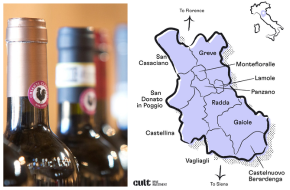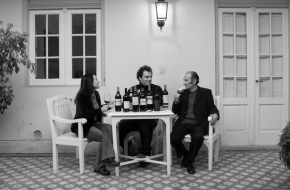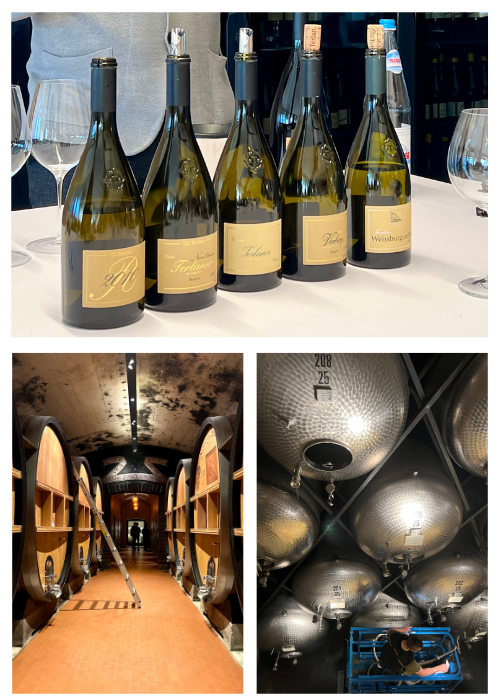Piquepoul is a late-ripening varietal with very high acidity and seems to be naturally resistant to drought. Just in case though, the AOP are funding genetic research in order to see what can be done to maintain Picpoul’s output in the face of our ever-changing climate.
A quick numbers breakdown shows the importance of the UK market for Picpoul de Pinet. Of the 11.5 million bottles produced annually, 95% get sold for consumption within the same year of release. The majority (85%) of the wine is sold in bottle, something that is changing slightly to more sustainable alternatives like Bag-In-Box (BIBs). 67% of the wine produced is exported, with 41% of that going to the UK market, making us their largest consumer (1/3 of total production). For me, this demonstrates the importance of the UK for wine trading and consumption, and the importance of the British palate to judge wines of great quality.
The 10th anniversary tasting
In the tasting portion of the event, I was amazed by Picpoul de Pinet’s variety. Lemon acidity and saline minerality were clear constants in all the wines along with a well-rounded medium body. Wonderful herbaceous notes of fennel, aniseed, rocket, and aromatics of almond blossom and yellow flowers also popped up in some of the bottles.
It was not until I tasted the Patience wines that I realised just how much Picpoul has to offer. Described as a concept rather than a style or denomination, these wines have some subtle differences to the traditional Picpoul de Pinet style. Firstly, they’re bottled in brown glass instead of bright green but still stamped with the Cross of Languedoc. The AOP says that the wines must have some lees ageing, which means the natural yeast are kept in the wine to add depth. The Patience wines must spend at least one year in bottle before release. These rules were introduced in 2018, and since then there have only been nine cuvées with more expected in the years to come.
Domaine Felines Jourdan was a pioneer of this style, and I was fortunate enough to try its 2021 Patience. The elegant complexity was evident on the nose, with beautiful notes of white blossom, anise, orgeat, with the high citrus acidity persistent on the palate, concentrated flavours of preserved lemons and grapefruit, and herbal notes of tarragon on the finish.
The AOP’s reason for highlighting and promoting Patience is to improve the credibility of the area and its wine by showing Picpoul can create complex, gastronomic, and age-worthy wines. Clearly, this is a terroir to look out for in the future, and fear not if you see a brown bottle of Picpoul de Pinet; pick it up, for it may offer you a tasting journey you were not expecting but are sure to enjoy!





